I have a need to add or prepend elements at the beginning of an array.
For example, if my array looks like below:
[23, 45, 12, 67]
And the response from my AJAX call is 34, I want the updated array to be like the following:
[34, 23, 45, 12, 67]
Currently I am planning to do it like this:
var newArray = [];
newArray.push(response);
for (var i = 0; i < theArray.length; i++) {
newArray.push(theArray[i]);
}
theArray = newArray;
delete newArray;
Is there a better way to do this? Does JavaScript have any built-in functionality that does this?
The complexity of my method is O(n) and it would be really interesting to see better implementations.

